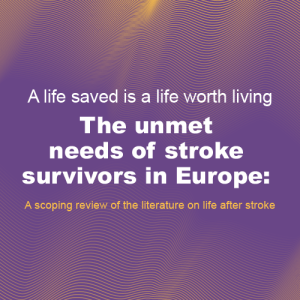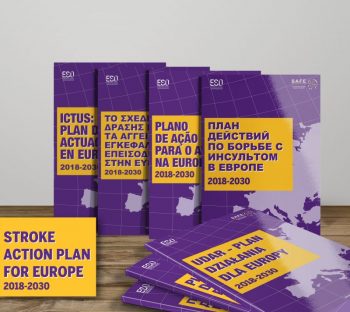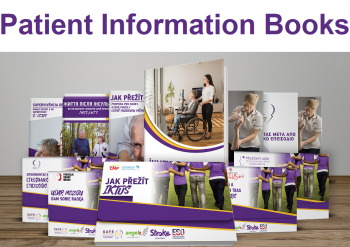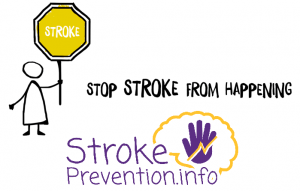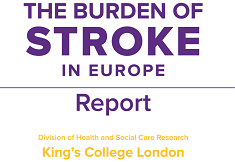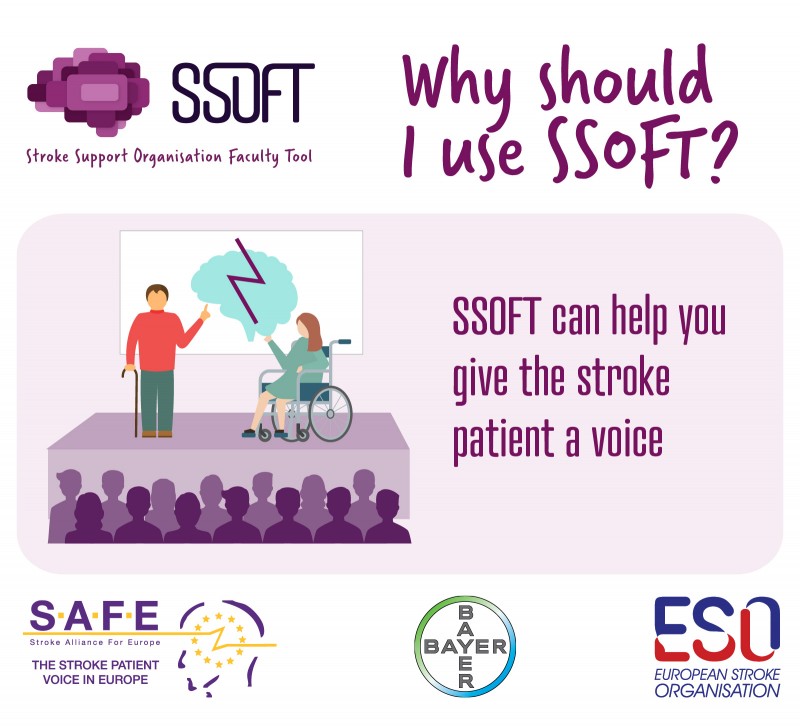
Nov 21, 2018
Brussels, 21st November 2018 – As the second biggest killer in the world, the response to Stroke needs an army of advocates to ensure the message that it is preventable, treatable and beatable is implemented. SSOFT is an excellent tool to educate people on the principles of stroke advocacy. It will strengthen their ability to advocate for better stroke prevention, treatment and after care. This module is vital as a contribution to effective public campaigning. We believe that SSOFT will provide inspiration for future stroke advocates to make a real-life change, says Jon Barrick, SAFE President.
The sixth and final eLearning module of the Stroke Support Organisation Faculty Tool (SSOFT) is published today at the following address www.ssoft.info, thus marking the completion of this innovative eLearning tool on stroke support organisation and the principles of stroke advocacy.
The SSOFT’s sixth module focuses on the skills and principles around developing effective public advocacy campaigns.
SSOFT’s development and execution was successfully led by Victoria Brewer, SAFE Project Director, who stressed from the beginning of the project that the members of the SAFE had to be central to the whole process. SAFE members have been actively involved in the development of the content by either testing the modules, providing cases studies or sharing their experience in interviews. These examples have brought much of the content to life by providing real world cases studies of how the knowledge contained in the modules can be applied.
“The opinion of the people who test the program [has been] important. Therefore, SSOFT is exactly what should be: a tool ‘for our members by our members’.” Nenad Nikolić Moždani Udar, the Serbian Stroke Association
The release of the final module marks a significant stage in SSOFT’s development with this stage of development being completed. SAFE is currently exploring future expansion options for SSOFT
“I hope that the tool will never be truly “finished” but remain a live environment that always adapts to the latest developments and experiences.” André de Rosa Spierings, National Board member of Hersenletsel, Netherlands.
About SSOFT’s 6th module
SSOFT’s sixth module focuses on the skills and principles around developing effective public advocacy campaigns. The module is broken down in to five bitesize sections, which cover:
6.1 Public advocacy – focuses on the role of public engagement in advocacy & how to dispel stroke myths to drive change.
6.2 Stroke Community & Mass Campaigning – covers how to build a stroke community & campaign to a large audience
6.3 Publicity – demonstrates how to manage publicity by engaging with print & broadcast media
6.4 Traditional Media – helps learners to understand the role of traditional media &and learn how to work with journalists & editors
6.5 Social Media – examine the role of social media in bringing momentum for change.
About SSOFT
SSOFT is an innovative online eLearning advocacy tool being developed by Stroke Alliance for Europe (SAFE), in partnership with the European Stroke Organisation (ESO).
“I think this is just the beginning; …. I envisage this resource as further strengthening the European stroke patient network and in time the global stroke patient network.” @BelsonSarah
This online learning platform provides knowledge and training on how the creation of effective advocacy activities and campaigns to deliver positive change at a local and national level on stroke prevention, treatment and care. The eLearning platform includes six modules that provide information on:
Module 1: Stroke Support Organisations (SSOs)
Module 2: Making Change Happen
Module 3: Use of Evidence
Module 4: Role of Patient Voice
Module 5: Health & Care System Advocacy
Module 6: Public Advocacy
The modules and learning environment are accessible via the SSOFT website through a simple registration process. Visitors to the website can also learn more about SSOFT, SAFE and ESO, find their nearest SAFE Stroke Support Organisation (SSO) as well as hear from SAFE members about their experiences.
For more information, please send an email ssoft@safestroke.eu or visit www.ssoft.info
Acknowledgments
SAFE would like to take this opportunity to thank and acknowledge the contributions made by those who have helped in the development of SSOFT and module 6.
Stroke Alliance for Europe Board, who have been involved at every stage of development of this module.
The Peer Reviewers for module 6:
- Stiftung Deutsche Schlaganfall-Hilfe (Dr Markus Wagner)
- World Stroke Organization (Anita Wiseman)
- Irish Heart Foundation (Chris Macey)
- Different Strokes Charity (Austin Willets)
- Hellenic Alliance/Action for Stroke Support Organization (Dr Hariklia Proios)
- Macedonian Stroke Association (Dr Anita Arsovska)
Our members who have shared their experiences and knowledge in the video interviews used within the module:
- Adam Siger – Fundacja Udaru Mózgu, Poland
- Anita Arsovska – Macedonian Stroke Association
- Chris Macey – The Irish Heart Foundation, R.Ireland
- Hrvoje Jurlina – HDPMU Croatian Stroke Society, Croatia
- Francesca Romana Pezzella – ALICe, Italy
- Jon Barrick – Stroke Alliance for Europe (SAFE)
- Mara Cochetti – ALICe, Italy
- Nenad Nikolić – Moždani Udar, Serbia
- Pnina Rosenzweig – Neeman Association for Stroke Survivors, Israel
Our member and partner organisations who have collaborated in the development of the module content:
- World Stroke Organization
- European Stroke Organisation
- Stroke Association UK
And all those who participated in the User Acceptance Testing of module 6.
We would also like to thank the project sponsor Bayer Healthcare who have supported this project through an education grant.
About SAFE
The Stroke Alliance for Europe (SAFE) a non-profit-making organisation formed in 2004. It is the voice of stroke patients in Europe, representing a range of patient groups from 30 European countries.
SAFE’s goal is to decrease the number of strokes in Europe by advocating for better prevention, access to adequate treatment, post-stroke care and rehabilitation.
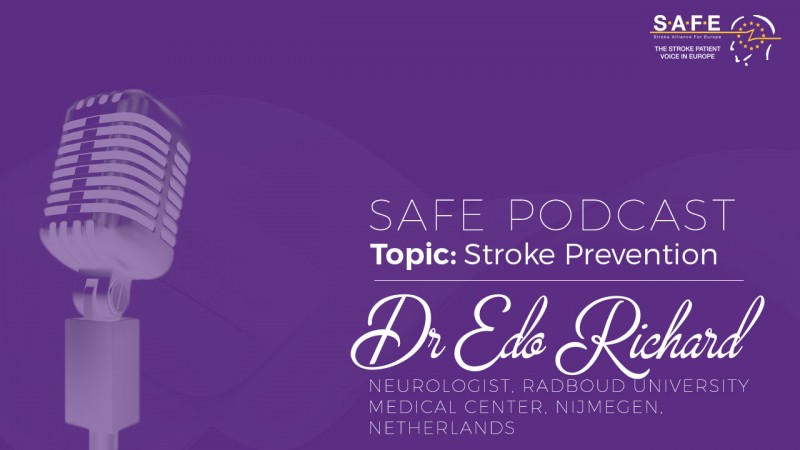
Nov 15, 2018
Why is stroke so difficult to prevent even when we know which risk factors are responsible for around 90% of strokes? SAFE had a conversation about it with Dr Edo Richard, neurologist at the Radboud University medical center in Nijmegen, Netherlands. Dr Richard was the Chair of the 1st Domain Working Group – The Primary Prevention, within the Stroke Action Plan for Europe 2018-2030.

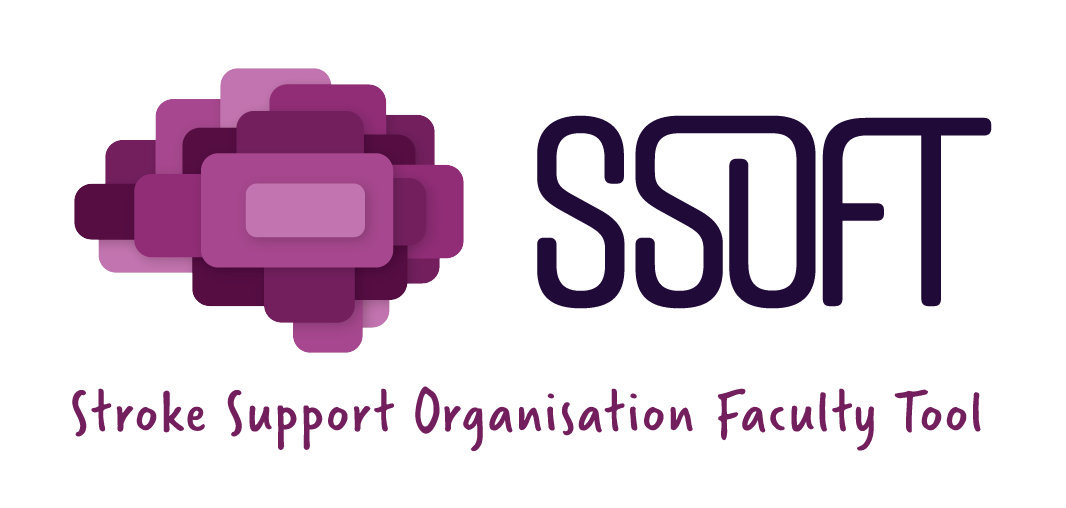
Nov 14, 2018
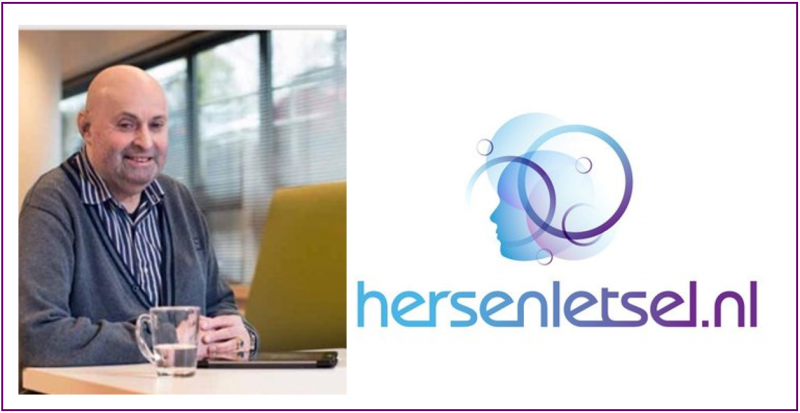 For a substantial part of my professional career I have worked in the field of digital communication and services. I not only appreciate the value that digital tools can bring to the health care sector from a professional stand point but from a personal one too. Several years ago, my former wife suffered a serious stroke which resulted in her having a severe form of aphasia; her ability to both speak and understand language verbally or in writing was impaired. We found that an iPad could offer many digital solutions for her and she made intensive use of it to help communicate with us.
For a substantial part of my professional career I have worked in the field of digital communication and services. I not only appreciate the value that digital tools can bring to the health care sector from a professional stand point but from a personal one too. Several years ago, my former wife suffered a serious stroke which resulted in her having a severe form of aphasia; her ability to both speak and understand language verbally or in writing was impaired. We found that an iPad could offer many digital solutions for her and she made intensive use of it to help communicate with us.
When I heard that SAFE was exploring a digital way to share knowledge in an innovative way, I was very pleased and naturally wanted to cooperate. Initially, I became involved with the SSOFT Champion Group which consisted of stroke survivors and other members of SSOs from across Europe. We looked at designs, listen to voiceover artists and fed back our input directly back to the design team. I decided then to also become part of the User Acceptance Testing Group, and I testing the first few modules very intensively due to my experience with digital applications. Thanks to testing work carried out by the various volunteers, the project team was able to make great strides forwards. Every subsequent module developed became better and better.
SSOFT is a fully-fledged eLearning tool that covers the many aspects that play a role in the support and advocacy of people with a stroke. The modules make optimal use of text, images and video to share more knowledge; making it very pleasant to use.
SSOFT has great potential to expand, I hope that the tool will never be truly “finished” but remain a live environment that always adapts to the latest developments and experiences. I would truly like to see it succeed and expand into a community platform where people can share experiences and knowledge across Europe. The first step has been taken with the current version of SSOFT and future developments will become clear through intensive use.
About the author
André is an active National Board member of Hersenletsel.nl, the largest association in the Netherlands that represents the interests of people with non-congenital brain injuries, including stroke. He is also an expert on digital communication and services who advises the government and healthcare sector in the Netherlands. André has been actively involved as a Champion in the initial stages of development of SSOFT as well as a User Acceptance Tester for many of the modules contained with SSOFT.

Nov 9, 2018
In the UK, health policy recommends that stroke survivors should be reviewed at six-weeks, six-months and at one year after their stroke1,2. However, reviews are carried out differently across the UK and the process has not been properly evaluated. This study explored the review process, focusing on the six-month review. Three sites were selected in England. We interviewed stroke survivors and their carers at six-weeks, six-months, and where possible one year after coming home from hospital. We also observed their reviews and interviewed clinicians, managers and commissioners. We interviewed 46 stroke survivors, 30 carers and 28 professionals.
We found that reviews carried out by stroke nurses were focused on medical issues whereas those completed by a Stroke Association co-ordinator were more focused on social issues. Professionals usually saw the review as an opportunity to follow-up on issues that needed to be dealt with and signpost to other services. However, stroke survivors’ experience of the review was influenced by their experiences in hospital, their understanding of rehabilitation and their relationships with clinicians. They identified different priorities to those of reviewers, particularly when they had other long-term conditions.
Overall, most people found the six-month review helpful but not the six-week or the yearly review. Rather than having the review at set intervals, it would be more helpful if it coincided with coming home from hospital and after community rehabilitation has finished. Reviews need to link with what has gone before, for example, information on preventing another stroke. It would also be helpful to review therapy goals and encourage stroke survivors to set their own new goals for the next stage of their recovery.
Further information: V.J.Abrahamson@kent.ac.uk or @vabrahamsonUoK
Full article: https://onlinelibrary.wiley.com/doi/full/10.1111/hsc.12677#.W9rVLwczfHY.twitter
References:
Department of Health (2007). National Stroke Strategy [Online]. Available from: http://webarchive.nationalarchives.gov.uk/+/www.dh.gov.uk/en/Healthcare/Longtermconditions/Vascular/Stroke/DH_099065.
Royal College of Physicians (2016). National Clinical Guidelines for Stroke. Intercollegiate Stroke Working Party. Fifth Edition [Online]. Available from: https://www.rcplondon.ac.uk/guidelines-policy/stroke-guidelines.
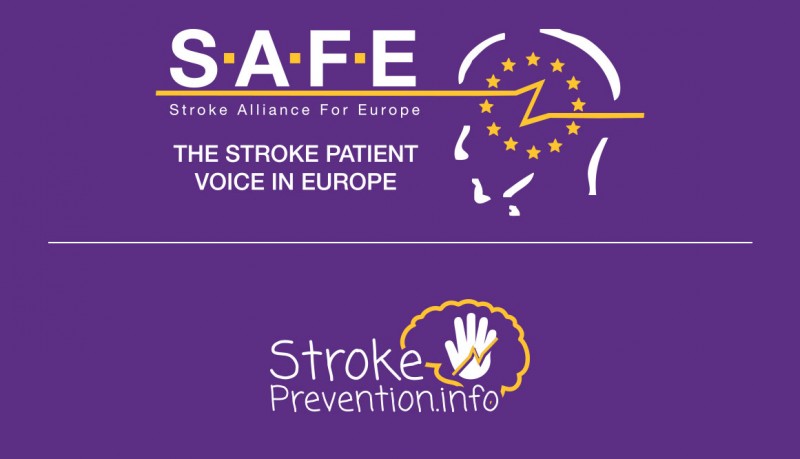
Nov 1, 2018
Stroke is No. 1 cause of mortality in women in most countries. Some people say it’s because of statistics- we live longer than men. Does this mean that nothing can be done about it?
Jelena Misita, SAFE Awareness and Advocacy Manager had an interview with Valeria Caso, MD, PhD, FESO. Valeria Caso is a stroke neurologist at the University of Perugia Stroke Unit and she is a past ESO President.
Please click on the banner below to access the podcast.


Nov 1, 2018
Brussels, 1st November 2018 – The eLearning Module 5 of the Stroke Support Organisation Faculty Tool (SSOFT) is published today at the following address www.ssoft.info.
SSOFT’s fifth module focuses on health and care systems and how to influence key decision makers within them to make positive changes around stroke prevention, care and treatment. The module is broken down in to seven bite-size sections, which covers:
5.1 – Health & care systems
5.2 – Influencing health & care systems
5.3 – How decisions are made and who makes those decisions
5.4 – The impact of guidelines within the health & care systems
5.5 – Identifying existing evidence
5.6 – Using case studies and data
5.7 – Life after stroke
In Module 5, using a combination of theory and practice, SSOFT demonstrates how to gain an understanding of existing health and care systems, allowing the identification of where key decisions are happening and who is making them. Through a better understanding of these systems Stroke Support Organisations (SSOs) can work with the key decision makers to advocate for improved stroke care, treatment and long term support. This can be achieved by using existing evidence and data, as well as the voices of stroke survivors.
SSOs have been at the heart of the development of this tool. For newer or smaller organisations, the information in the tool will provide knowledge that will help them to build and grow. For larger organisations, SSOFT will enable them to support their communities and other stroke professionals across Europe as they grow their communities and add more voices to their movement/arguments for change.
This tool is also for anyone who is interested in knowing more about what an SSO is, how to start and develop one and how to make it sustainable.
For those interested in using this innovative eLearning platform we would encourage them to visit the SSOFT website www.ssoft.info
About SSOFT
SSOFT is an innovative online eLearning advocacy tool being developed by Stroke Alliance for Europe (SAFE), in partnership with the European Stroke Organisation (ESO).
This online learning platform provides knowledge and training on how the creation of effective advocacy activities and campaigns to deliver positive change at a local and national level on stroke prevention, treatment and care. The eLearning platform will include six modules that provide information on:
Module 1: Stroke Support Organisations (SSOs)
Module 2: Making Change Happen
Module 3: Use of Evidence
Module 4: Role of Patient Voice
Module 5: Health & Care System Advocacy
Module 6: Public Advocacy
The modules and learning environment is accessible via the SSOFT website through a simple registration process. Visitors to the website can also learn more about SSOFT, SAFE and ESO, find their nearest SAFE Stroke Support Organisation (SSO) as well as hear from SAFE members about their experiences.
For more information, please send an email ssoft@safestroke.eu or visit www.ssoft.info
Acknowledgments
SAFE would like to take this opportunity to thank and acknowledge the contributions made by those who have helped in the development of SSOFT and module 5.
- Stroke Alliance for Europe Board, who have been involved at every stage of development of this module.
- The Peer Reviewers for module 5:
- Stiftung Deutsche Schlaganfall-Hilfe (Dr Markus Wagner)
- Hellenic Alliance/Action for Stroke Support Organization (Dr Hariklia Proios)
- Australian Stroke Association (Ms Sharon McGowan)
- Experience, Participation and Equalities, NHS England (Dr Neil Churchill)
- Our members who have shared their experiences and knowledge in the video interviews used within the module:
- Francesca Romana Pezzella – ALICe, Italy
- Markus Wagner – Stiftung Deutsche Schlaganfall-Hilfe, Germany
- Jon Barrick – Stroke Alliance for Europe (SAFE)
- Monique Lindhout – Hersenletsel, Netherlands
- Adam Siger – Fundacja Udaru Mózgu, Poland
- Hrvoje Jurlina – HDPMU Croatian Stroke Society, Croatia
- Our member and partner organisations who have collaborated in the development of the module content:
- World Stroke Organization
- European Stroke Organisation.
- And all those who participated in the User Acceptance Testing of module 5.
We would also like to thank the project sponsor Bayer Healthcare who have supported this project through an education grant.
About SAFE
The Stroke Alliance for Europe (SAFE) a non-profit-making organisation formed in 2004. It is the voice of stroke patients in Europe, representing a range of patient groups from 30 European countries.
SAFE’s goal is to decrease the number of strokes in Europe by advocating for better prevention, access to adequate treatment, post-stroke care and rehabilitation.
For more information about SAFE, please visit www.safestroke.eu





 For a substantial part of my professional career I have worked in the field of digital communication and services. I not only appreciate the value that digital tools can bring to the health care sector from a professional stand point but from a personal one too. Several years ago, my former wife suffered a serious stroke which resulted in her having a severe form of aphasia; her ability to both speak and understand language verbally or in writing was impaired. We found that an iPad could offer many digital solutions for her and she made intensive use of it to help communicate with us.
For a substantial part of my professional career I have worked in the field of digital communication and services. I not only appreciate the value that digital tools can bring to the health care sector from a professional stand point but from a personal one too. Several years ago, my former wife suffered a serious stroke which resulted in her having a severe form of aphasia; her ability to both speak and understand language verbally or in writing was impaired. We found that an iPad could offer many digital solutions for her and she made intensive use of it to help communicate with us.


